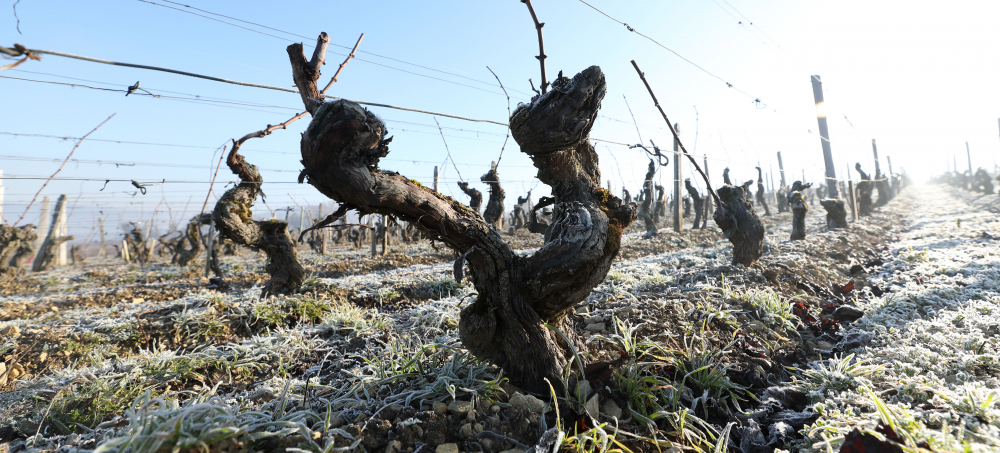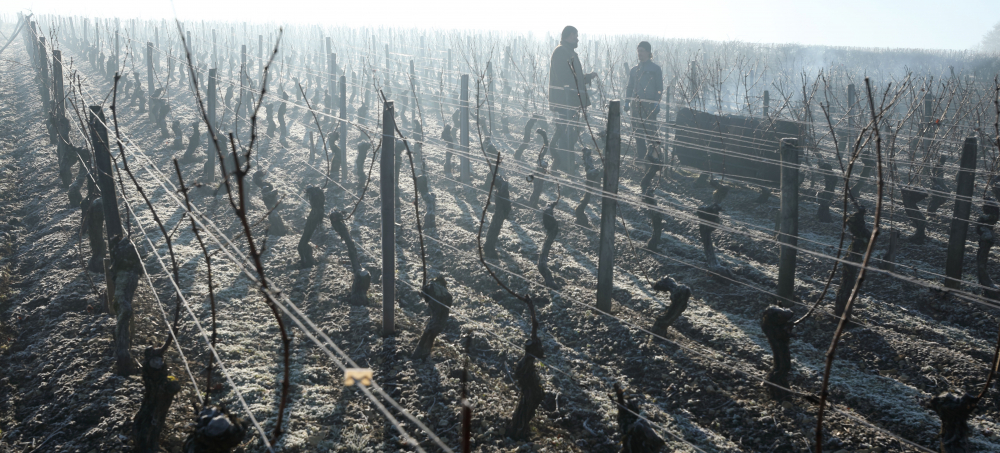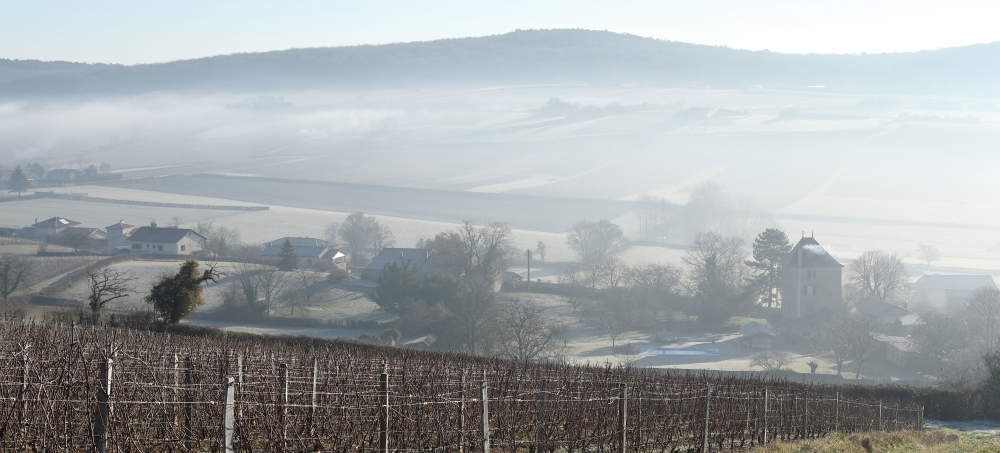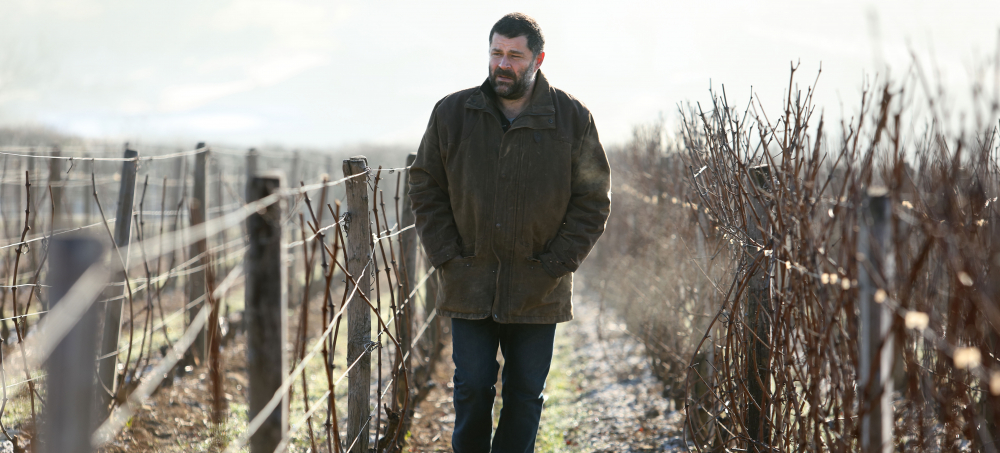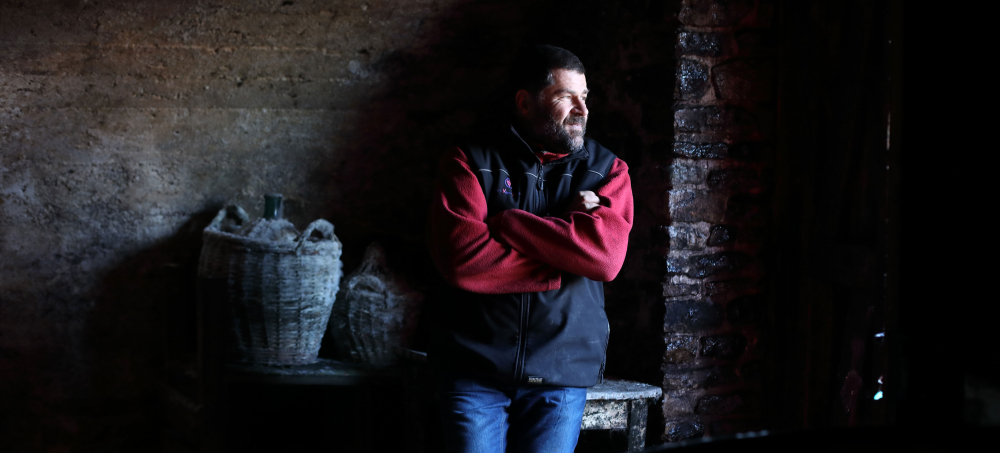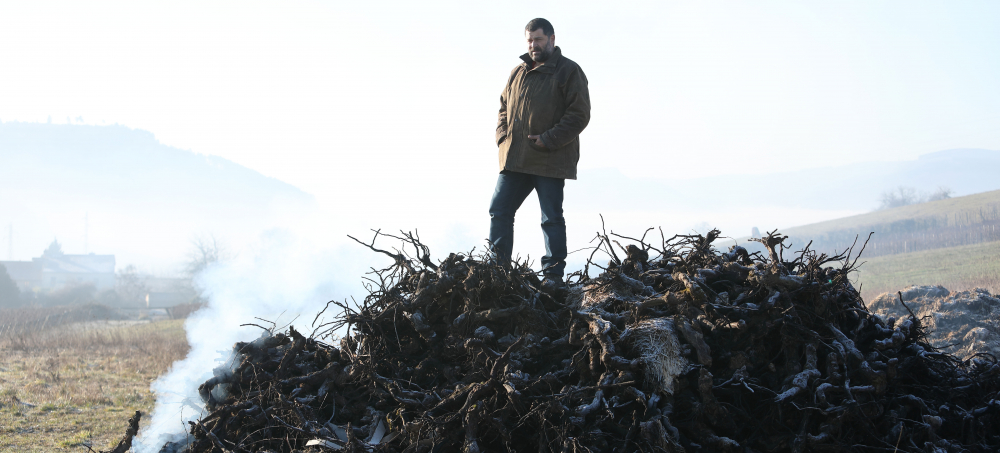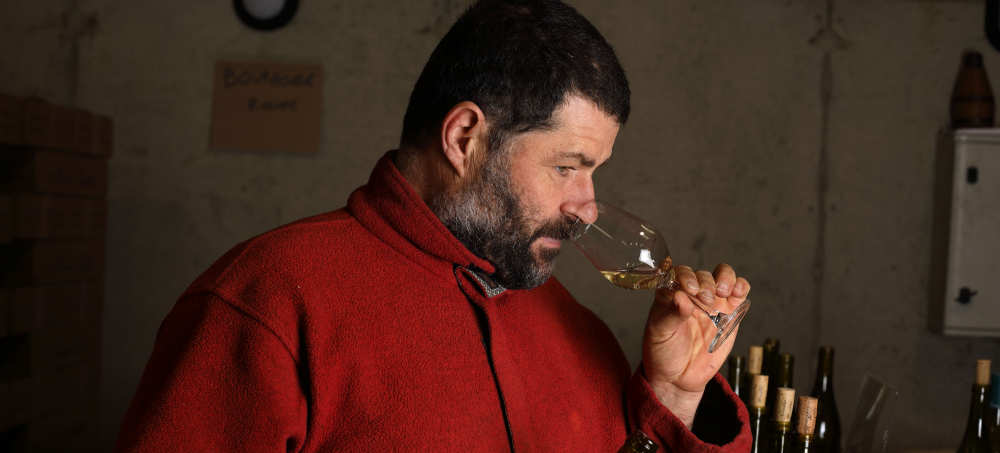From time to time, we have the good fortune of discovering under-the-radar growers who might be thought of as “up and coming” in the US market, but who are actually stars and leaders in their regions, with a devoted clientele in Paris and beyond. This is indeed the case with Nicolas Maillet who hangs his hat in the small Maconnais village of Verzé. Nicolas is bear of a man, with a broad chest and strong hands, exuberant and intensely focused. He is uncompromising in his vineyard work, and often among the first to lend a hand and words of encouragement and counsel to young vignerons in the region who are interested in farming naturally. Maillet has farmed organically since 2010 (certified by Ecocert) and he began implementing biodynamic practices in 2013. Particular attention is paid to the upkeep of the soil to ensure a vibrant and healthy micro-biome. When walking through the vineyards your eyes take in the greenest of green hues as you step over large chunks of chalk strewn about the vine rows.
The village of Verzé is located to the northwest of the city of Macon, a little north of La Roche-Vineuse. It is perhaps one of lesser known villages in the Maconnais, though Domaine Leflaive produces wine from there as well, and now own 30 hectares. The century-old domaine consists of eight hectares of vines: six hectares of Chardonnay and two hectares split evenly between Aligoté, Pinot Noir and Gamay. Old vines are plentiful, the youngest of which are 50 years of age. The Verzé vineyards lie on chalky, limestone-centric, and generally eastern-facing slopes. This exposition combined with the mineral soils and surrounding microclimate produce some of the most mineral-driven, high-acid wines of the region (whereas the sun-drenched western slopes tend to produce rounder, richer wines). The land has been in the Maillet family for four generations, and in the early years wines were produced and bottled in the family cellars. However, from 1928 to 1998 fruit was sold to the local coop. When Nicolas took the reins in 1999, he had ambitious goals for the vineyards and believed that the work should be felt in the bottle. He proudly returned to the family’s early tradition of estate-bottled wines.
In addition to his tireless work in the vines, Nicolas is adamant that slow, cool fermentations are the key to making energetic, long-lived wines. The indigenous yeast fermentations last from 6-18 months depending on the wine and individual terroirs. The wines are raised in tank in order to also preserve the sanctity and purity of the underlying soils. As a rule, no racking is done unless he senses reduction issues. Additionally, Nicolas abhors the idea of masking his terroirs so very little sulfur is used in vinification and at the bottling, resulting in total SO2 readings of 40-50 mg.
These wines are a step above the fruity and pleasant wines we have come to enjoy from the Maconnais. Nicolas Maillet endeavors to make wines that translate the stony terroirs of his beloved village of Verzé, but most importantly, he aims for utter deliciousness. Mission accomplished!
